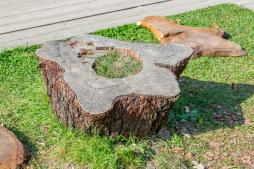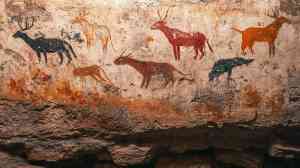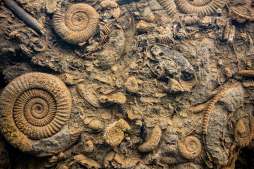Top 5 Most Fascinating Fossils Ever Discovered and Why They Matter

Fossils are incredible windows into the past, revealing the history of life on Earth. Among the countless fossils uncovered by scientists, some stand out for their uniqueness and the stories they tell. In this article, we explore the top 5 most fascinating fossils ever discovered and explain why these ancient remnants continue to captivate both researchers and enthusiasts alike.
Archaeopteryx: The Link Between Dinosaurs and Birds
Discovered in the late 19th century in Germany, Archaeopteryx is one of the most famous transitional fossils. This creature had feathers like a bird but also possessed dinosaur-like features such as teeth and a long bony tail. It provides key evidence supporting evolutionary theory by illustrating how birds evolved from theropod dinosaurs.
Tiktaalik: The Fish That Walked on Land
Unearthed in 2004 in the Canadian Arctic, Tiktaalik is a remarkable fossil showcasing an intermediate form between fish and early land vertebrates. With fins that had bone structures resembling limbs, it represents a critical step in vertebrate evolution signaling movement from water to land habitats.
Lucy (Australopithecus afarensis): Our Early Ancestor
Found in Ethiopia in 1974, Lucy is one of the most complete early hominid skeletons ever discovered. Dating back about 3.2 million years, she provides valuable insights into human evolution—particularly bipedalism—demonstrating how our ancestors adapted to walk upright long before larger brains developed.
The Burgess Shale Fossils: A Snapshot of Cambrian Diversity
The Burgess Shale, located in Canada’s Rocky Mountains, contains exceptionally well-preserved fossils dating back around 508 million years to the Cambrian explosion—a period when many major animal groups first appeared. These fossils reveal an astonishing variety of ancient creatures that deepen our understanding of early animal life complexity.
The La Brea Tar Pit Mammals: Ice Age Giants Preserved
Located in Los Angeles, California, La Brea Tar Pits have preserved thousands of Ice Age fossils including mammoths, saber-toothed cats, and giant ground sloths trapped for tens of thousands of years in natural asphalt deposits. These finds help scientists study prehistoric ecosystems and extinction events during that era.
These fascinating fossils not only offer glimpses into life millions of years ago but also help us understand evolutionary processes that shaped modern species—including humans themselves. Each discovery adds invaluable chapters to Earth’s biological history story.
This text was generated using a large language model, and select text has been reviewed and moderated for purposes such as readability.











